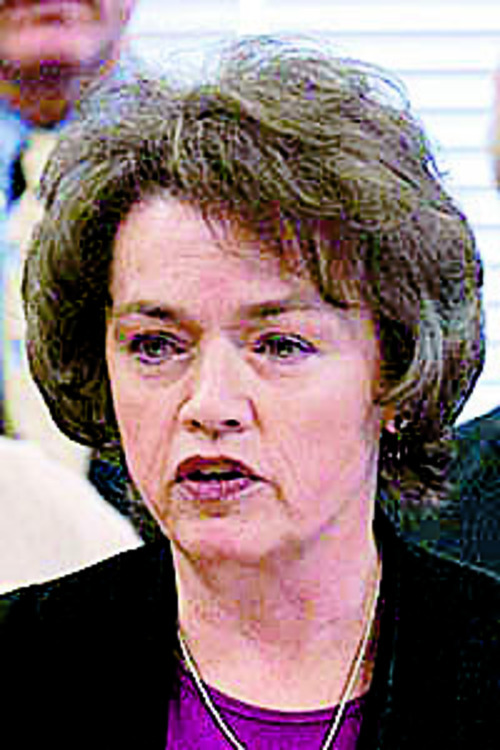This is an archived article that was published on sltrib.com in 2011, and information in the article may be outdated. It is provided only for personal research purposes and may not be reprinted.
A former land portfolio manager for the LDS Church said Wednesday that a massive development near Park City was derailed by self-dealing and cronyism between Summit County officials and developers.
Elliott Christensen, who recently retired from The Church of Jesus Christ of Latter-day Saints, told a legislative committee that there is a lack of accountability in Summit County, with "cronies" and insiders in the process using their positions with the county to personally benefit on land transactions to the tune of millions of dollars.
"It's an area that needs to be corrected," Christensen said. "As this concept is used more and more across the state, it needs to be more transparent — open accountability and open appraisal work."
A phone message and e-mail to Summit County Manager Robert Jasper seeking comment were not returned Wednesday.
A legislative audit in July looked at the practice, called Transfer of Development Rights (TDR), in Summit County. The transfers are intended to use swaps to try to channel dense development into places where the county wants it, and away from those it seeks to protect.
But Summit County's TDR process was unusual, and the audit found it resulted in the county owning a number of commercial lots. Five of those lots in The Colonies were sold during a relatively private sale for $4.5 million, which the auditor said may not have been the best price for the parcels.
The audit also referenced a two-year investigation by the Attorney General's Office into allegations of favoritism and malfeasance in Summit County, which determined that no laws were broken.
Christensen recounted for lawmakers the prolonged process the LDS Church went through to try to get approval for a major development on land at the base of the mountain near the Utah Olympic Park, only to be blocked by the county.
Areas on the east side of the highway, however, were getting quick approval through the TDR process for larger and larger developments into a meadow that was supposed to be protected, Christensen said.
"Those development rights were going through the county's hands, off to cronies and other parties that had assisted them, no appraisals in the process," Christensen said. "You don't know where they came from, so the shell game just kept continuing."
At one point, Christensen said, the church offered to give the county 300 acres of land near Silver Creek and about 200 acres near Kimball Junction that could be preserved as open space, but still couldn't get approval.
Ultimately, Christensen said that "higher ups" at the church decided to sell the land — as it was zoned for open space — at a discounted price. The county turned around and sold the prime portion of the land to a developer who had it re-zoned and is planning to build a business park.
Sen. Margaret Dayton, R-Orem, said that it looked clear to her that the church was being treated differently because of a religious prejudice, although Christensen said he had no sense of religious "persecution."
A bill by Sen. Wayne Neiderhauser, R-Sandy, which will be considered during the upcoming legislative session, would require counties using TDRs to have clear guidance for how they are to be done and transparency in the process.



